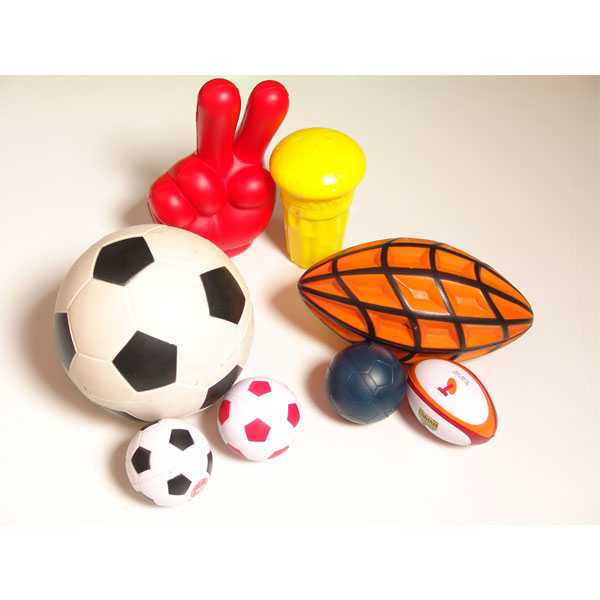The testing method of PU toy paint is mainly to ensure the safety, durability and compliance of the coating with relevant quality standards through a series of chemical and physical tests. The following are common PU toy paint testing methods:
1. Common pencil hardness test or chrome alloy steel ball hardness test. Test the scratch resistance of the paint film to ensure that the toy coating is wear-resistant and not easily scratched.
2. Soak the sample coated with PU toy paint in water for a certain period of time, and then observe whether the paint film peels, discolors or changes. Test the durability of the PU coating when it comes into contact with water to ensure that there will be no quality problems due to use in a humid environment.
3. The sample is tested in high and low temperature environments to test whether it cracks, peels or softens under extreme temperatures. Evaluate the heat resistance and cold resistance of PU toy paint in an environment with large temperature changes to ensure that the product can adapt to different climatic conditions.
4. Use ultraviolet accelerated aging test to expose the sample to a UV light source to simulate long-term exposure to sunlight, and then check the changes in the paint film. Evaluate the tolerance of PU paint to ultraviolet rays to ensure that the paint film is not easy to fade or yellow.
5. Expose the PU coating to various common chemicals to check whether the coating dissolves, falls off or deforms. Test the tolerance of the PU coating to chemicals to ensure that the paint film will not be damaged by contact with daily chemicals.
6. A common adhesion test method is the tape method), which is to stick a tape on the surface of the paint film and then quickly tear it off to check whether the coating is firmly attached. Test the adhesion of the coating to the substrate to ensure that the coating is not easy to fall off.
7. Use GC-MS analysis or other chemical analysis methods to detect whether the PU coating contains harmful substances, such as heavy metals (lead, cadmium, mercury, etc.), phthalates, formaldehyde, etc. Ensure that the PU coating meets the toy safety standards to avoid harmful substances from causing harm to children.
8. Check the combustibility of the PU paint coating through a vertical burning test. Evaluate the fire resistance of the PU paint coating to ensure that the toy will not burn quickly in a fire or high temperature environment.
9. Use an odor analyzer or sensory evaluation to check whether the PU coating emits bad odors. Ensure that the coating does not contain harmful gases and meets safety and environmental standards.
10. Use a gloss meter to measure the gloss of the coating. Check whether the gloss of the coating meets the design requirements and ensure its beautiful appearance.
11. Test the wear resistance of the paint film under friction through friction test. Test whether the PU coating will wear or peel off under long-term use or friction.
12. Bend the coating sample at low temperature to check whether the coating is cracked. Ensure that the PU coating still has a certain degree of flexibility in low temperature environment and is not easy to crack.
The above test methods help to ensure the quality of PU toy paint, meet national or international toy safety standards, and also provide consumers with a better use experience.


